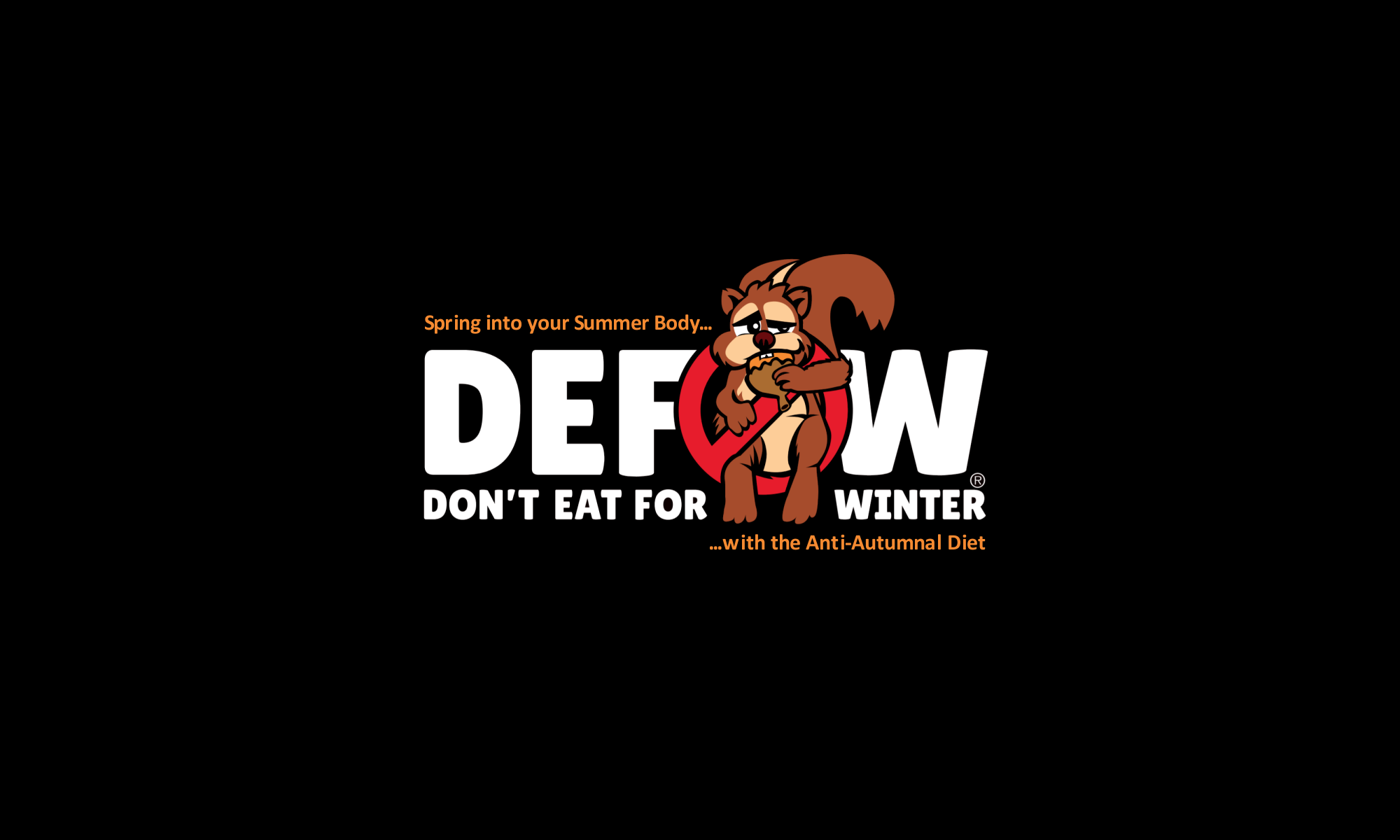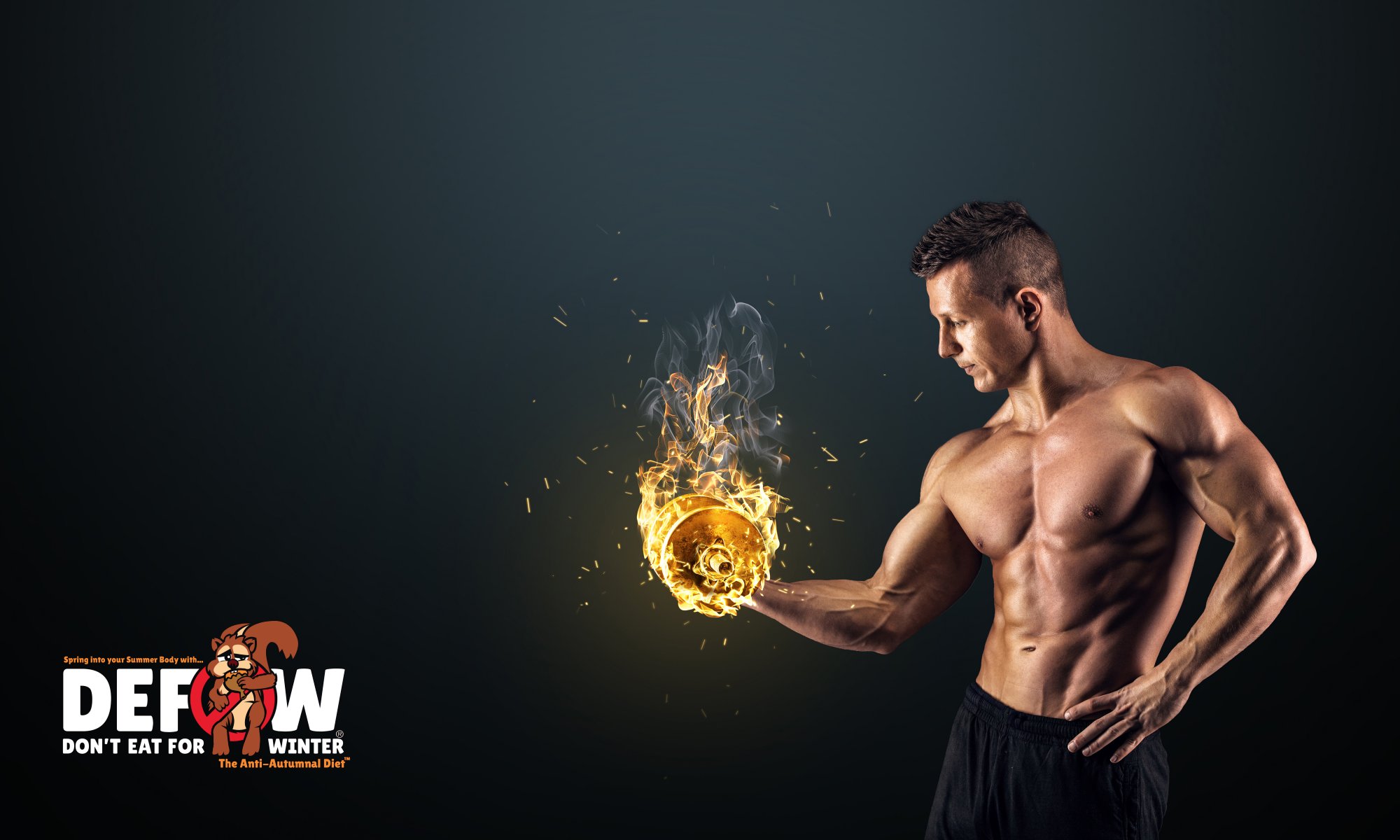I saw an article online on Mens Journal describing the following 5 diets as the best ways to lose weight and burn fat:
- Low-calorie diet.
- Low-fat diet.
- Low-carb diet.
- Ketogenic diet.
- High-protein diet.
Before I delve into an interesting observation on the 5 diet types I want to say that I disagree with the term weight loss, as fat loss should be the focus (if overweight), while gaining or maintaining lean muscle mass, bone density and of course hydration levels.
I also have issues with the world diet unless used the context of a healthy diet. Crash diets and long-term calorie restriction or nutrient deficient diets should be avoided where possible. A better approach is a sustainable long-term lifestyle change with whole foods that are seasonal and local where possible.
What struck me from the list above is the fact that each diet is inherently but unintentionally anti-autumnal.
An autumnal diet is a diet high in both carbs and fat and relatively low in protein. Don’t Eat for Winter presents the ultimate autumnal formula as approximately 50% fat, 40% carb and <10% protein (from a calorie point of view). Avoiding this is key to an anti-autumnal diet.
Let’s take them one by one:
- Low-calorie diet: restricting calories is a way of creating an energy deficit, possibly simulating a time where food is less available in nature e.g. winter/spring, by doing this you automatically eat less carbs+fat, which means it is less like an autumnal diet.
- Low-fat diet: a healthy low fat diet means high carb, fibre and protein with low (but not no fat). If fat is too low, particularly healthy fats, perhaps long term this is unhealthy as there may be too few healthy fats in the diet. Going low fat means avoiding carbs+fats together by default and so autumnal combos like granny’s famous pecan pie are off the table.
- Low-carb diet: These diets avoid the autumnal signature of carbs+fat for the same reason as the low fat, high carb diet. Low carb diets are typically higher in fats and proteins too.
- Ketogenic diet: The ketogenic diet is very low carb and controlled protein with high amounts of fat. A person would shift into ketogenic mode in the absence of carbohydrates as the body generates ketones to fuel anaerobic processes. This diet is anti-autumnal as it avoids the combo of carbs+fats too.
- High-protein diet: Protein requires a lot of energy to digest, but a high protein diet also means less carbs+fat together in the same sitting as high protein is means less of the other two.
One thing all of the above have in common is a potential lack of balance as a single macro nutrient is the focus of each.
Don’t Eat for Winter, the anti-autumnal diet, is all of the above but at different times, providing total dietary balance and yet still avoiding the high carbs+fat autumnal squirrel formula. The format is as follows:
- Low Carb High Fat: Eat a healthy fat based breakfast with protein and healthy low gi veg if desired e.g. an omelette, salmon, avocado and some nuts etc. Avoids carbs+fat.
- High Protein/fibre: Eat a lower fat protein source (meat, fish, poultry) at lunch time and include fibrous veg (watch the sauces) and/or/berries. Avoids carbs+fats and creates a buffer between breakfast fats and dinner carbs.
- High Carb Low Fat: Eat carbs (some starches and potentially fruits) in the evening with low gi veg and a healthy low fat cut of meat/fish/poultry, use lower fat sauces too. Avoids carbs+fats, aids recovery, reloads glycogen and some research suggests that it aids sleep too.
This means each macro is a focal point of each meal, with constant protein and fibrous fruit and veg.
Special focus around training is required to get the required amount of carbs for energy purposes and increased protein for muscle recovery too, carbs and protein before and after can help fuel exercise, reload glycogen and accelerate repair.
Finally, sometimes it’s good to enjoy a treat, this is the time to get the autumnal formula in but make it once or twice a week instead of every single meal and snack like the current western diet if fat loss is your goal. Make treats good ones, be it a delicious dinner out or a home made dessert, savour it, enjoy it and get back on track. Be aware of your feelings afterwards too, are you surprisingly hungry afterwards. At least being aware of it gives some sense of domination over what you are, a seasonal creature designed to gorge on particular foods to survive winter.
Latest posts by Cian (see all)
- The worst macro combination for fat loss - May 11, 2021
- Top 200 Most Fattening Foods (most autumnal) - March 19, 2020
- Is there such a thing as The Perfect Diet? - November 22, 2019

